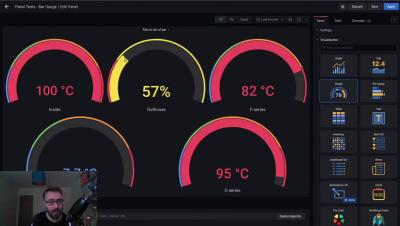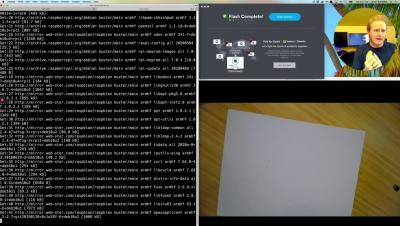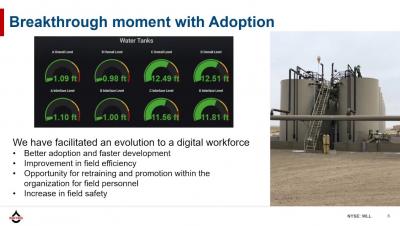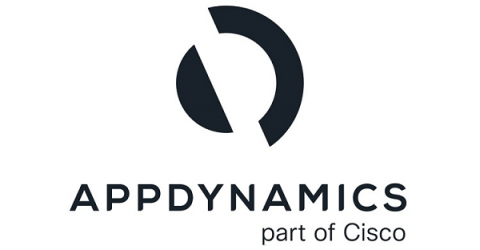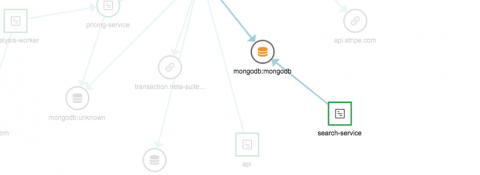Operations | Monitoring | ITSM | DevOps | Cloud
Monitoring
The latest News and Information on Monitoring for Websites, Applications, APIs, Infrastructure, and other technologies.
GrafanaCONline: Slicing Kubernetes: Raspberry Pis, monitoring and chaos
GrafanaCONline: Industrial process monitoring: oil and gas industry
Introducing Shifting Left: A New IT Content Series from AppDynamics
Shifting Left is a new IT content series for people to who want to learn faster, build smarter, and innovate more. Here's what you can expect.
AppOptics Application Service Map
Building an Effective Alert Strategy
Alerts are an essential part of performance monitoring. Alerts and notifications need to be sent out as soon as an issue is identified, allowing you to know about any problems before your customers do. In this week’s Tip Tuesday, we look at building an effective alert strategy and how to utilize Catchpoint Alerts so that you can quickly and effectively leverage the information provided to take carefully targeted action and improve your MTTR. Building an effective alert strategy is important.
Building the Future of Icinga
When we started the development of Icinga 2 we had a clear picture. We wanted a great monitoring solution for small and large environments. Back then, we imagined Icinga 2 to be a scalable monitoring tool with a dynamic configuration, enriched with a slight and fast web interface. In fact, there were some more details to that. But let’s keep it short. We worked hard to achieve our goals.
Exploring Jaeger traces with Elastic APM
Jaeger is a popular distributed tracing project hosted by the Cloud Native Computing Foundation (CNCF). In the Elastic APM 7.6.0 release we added support for ingesting Jaeger traces directly into the Elastic Stack. Elasticsearch has long been a primary storage backend for Jaeger. Due to its fast search capabilities and horizontal scalability, Elasticsearch makes an excellent choice for storing and searching trace data, along with other observability data such as logs, metrics, and uptime data.
Adopting Distributed Tracing: Finding the Right Path
Pre-Cache CDN Edge Servers with Synthetic Monitoring
A Content Delivery Network (CDN) is a collection of distributed nodes, called edge servers, connected to the same origin servers and placed local to the users’ location. If you are using a CDN, your website content is delivered to the user from the nearest edge server to their location. Without a CDN, you are putting stress on the origin server every time a user requests something.


